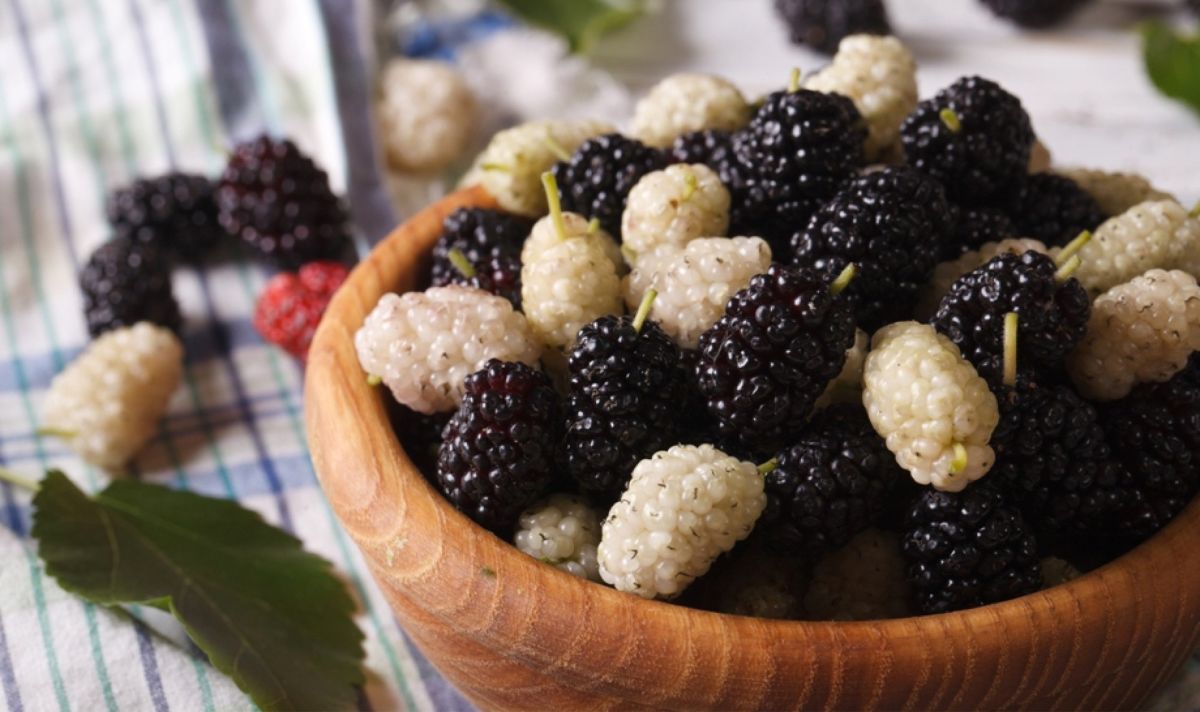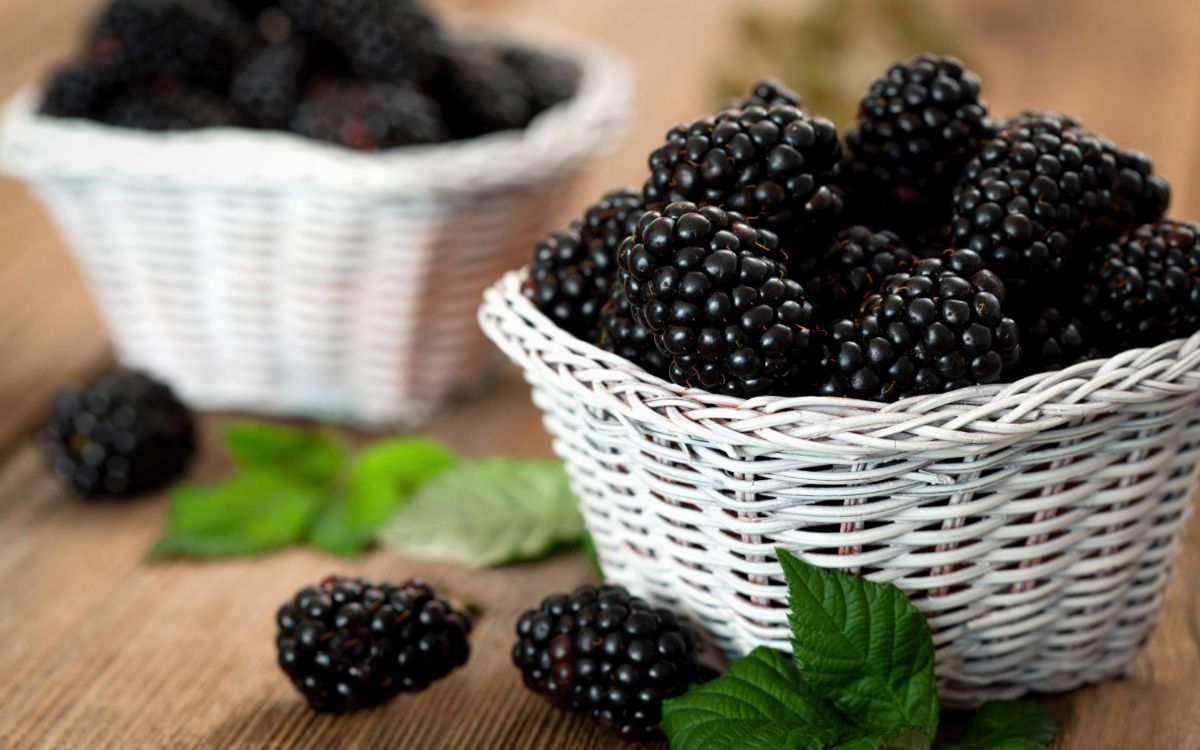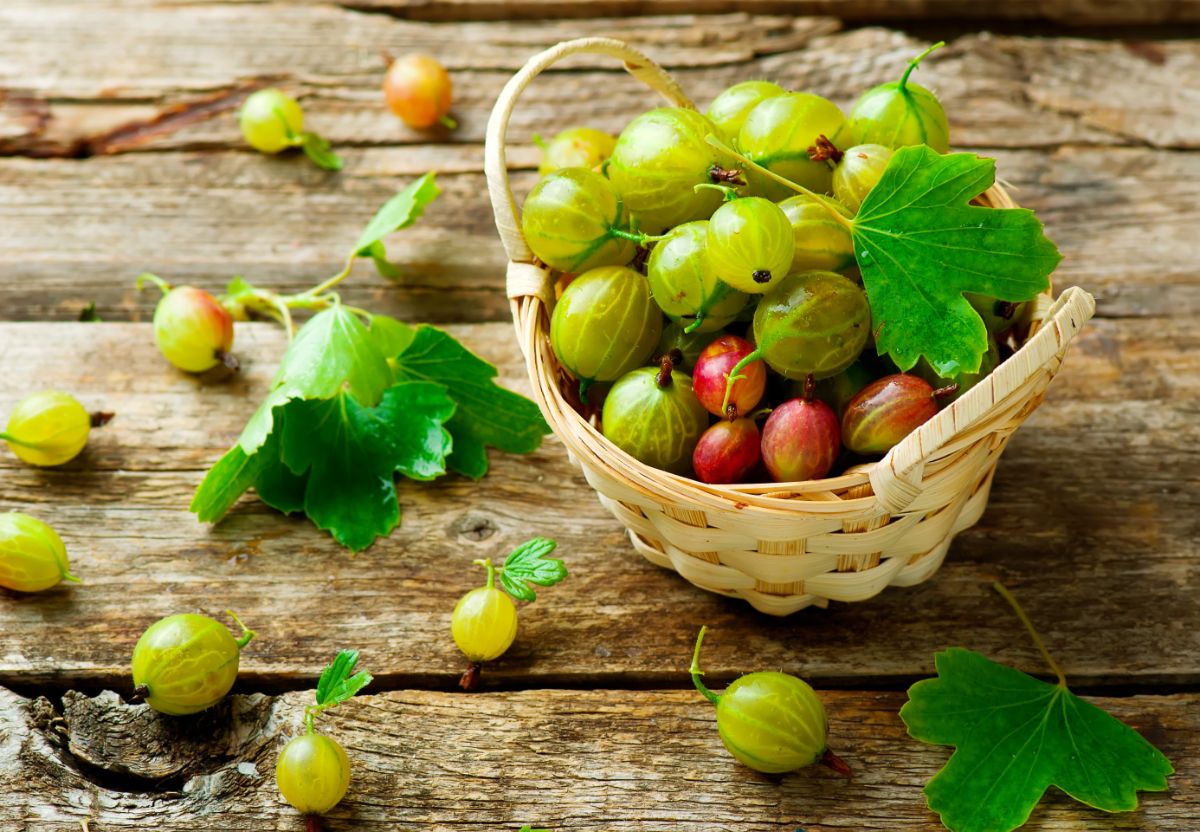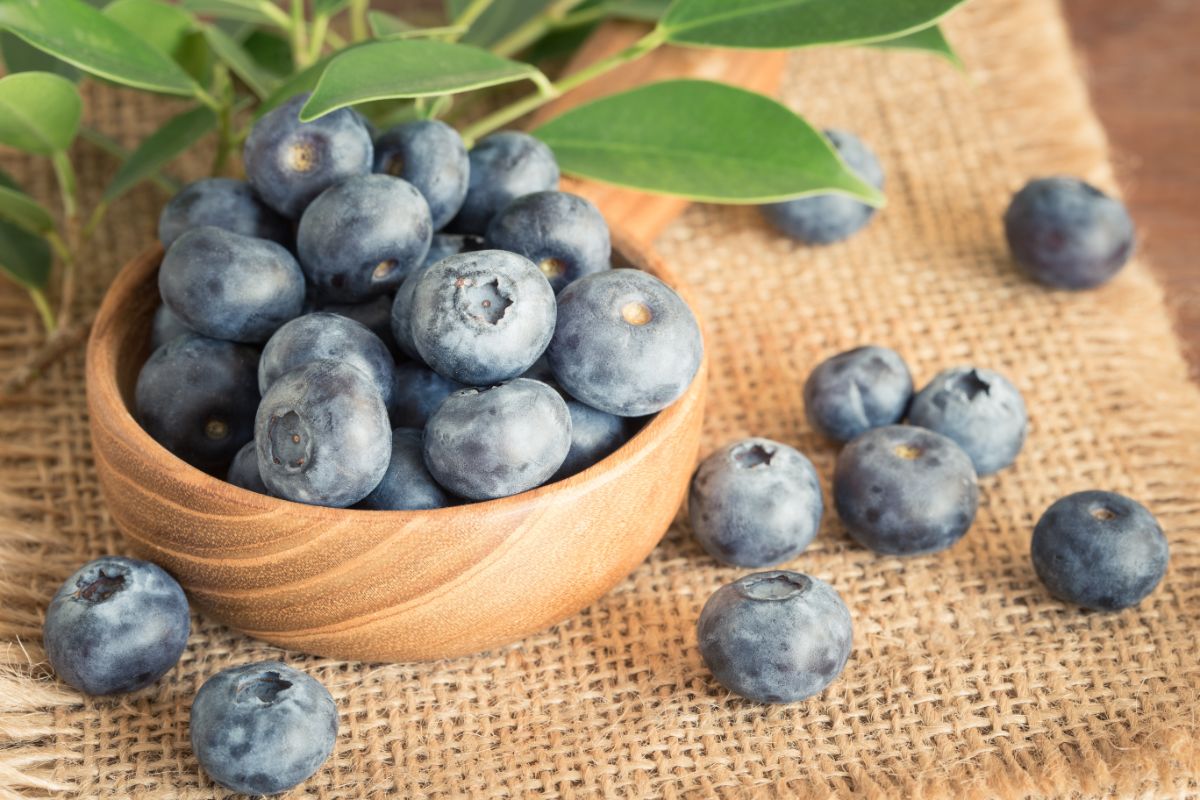The benefits of cranberries for the body — 7 proven facts
Cranberries are a common berry in the territory of modern Russia, Europe and North America.
Cranberries contain many vitamins and plant compounds that are responsible for their beneficial properties. Studies confirm that the berry is effective against urinary tract infections (UTIs). It can also improve the health of the heart and blood vessels, stomach, normalize the immune system and help in weight loss.
Because of the sour taste, cranberries are rarely eaten raw. More often it is consumed in the form of a morse, which is usually added sugar and mixed with other berry and fruit juices. Sauces, desserts, as well as powders and extracts used in additives are also made on the basis of berries. Dried cranberries are often used as a snack or added to oatmeal porridge.
Content
How it is useful – 7 facts
Below are 7 theses on the benefits of cranberries, which have a scientific basis.
1. Unique composition
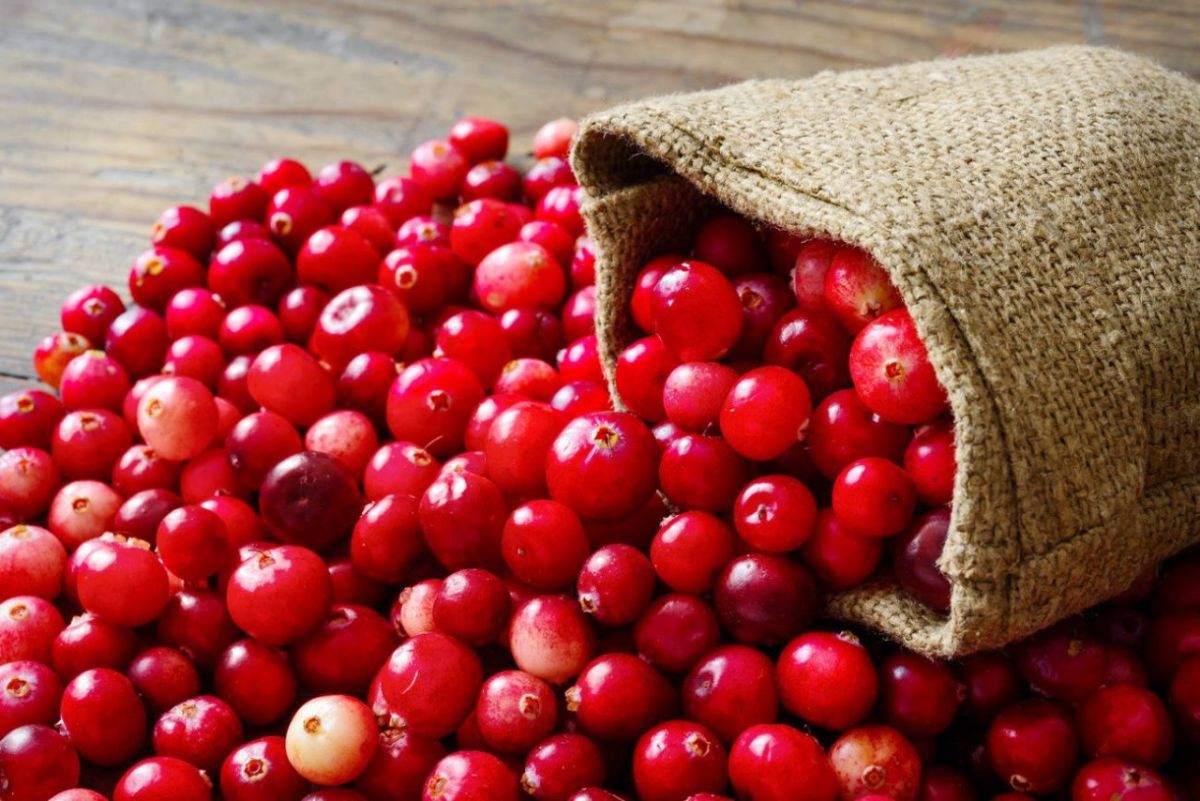
Fresh cranberries are 88% water, the rest is mostly fiber and carbohydrates. It has a very low calorie content – only 25 calories per 100 grams.
100 grams of berries contain The following nutrients:
| Component Name | Percentage of recommended daily requirement |
| Vitamin C | 24 % |
| Vitamin E | 7 % |
| dietary fiber | 20 % |
| polyphenols | up to 90 % |
| manganese | 20 % |
| copper | 8 % |
100 grams of cranberries contain up to 12 grams of carbohydrates. These are mainly fiber and simple sugars (sucrose, fructose, glucose), which cause a rapid increase in glucose in the blood and, if consumed excessively, can provoke the appearance of dyspeptic disorders.
But the mineral and vitamin composition of cranberries is especially valuable:
- Vitamin C supports the immune system and normalizes the condition of the skin;
- Vitamin E Improves eyesight;
- Manganese is necessary for adequate metabolism, growth and development of all tissues;
- Copper improves the work of the heart muscle .
2. Antioxidant effect
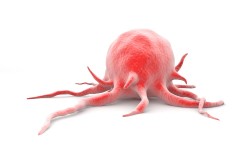 Cranberries contain a lot of antioxidants that reduce the activity of chronic inflammation and prevent the development of malignant neoplasms.
Cranberries contain a lot of antioxidants that reduce the activity of chronic inflammation and prevent the development of malignant neoplasms.
The main antioxidants in cranberries include:
- Quercetin. Proven the effectiveness of the substance in the prevention of malignant neoplasms, reducing the likelihood of tumor metastasis. Also quercetin prevents the development of chronic diseases from the cardiovascular and endocrine systems.
- Myricetin. How claim experts from Singapore, myricetin inhibits free radical reactions and protects all cells of the body from malignant degeneration. Regular inclusion of the substance in the diet reduces the probability of early development of type II diabetes mellitus and coronary heart disease.
- Peonidine. The action of peonidine directed on the digestive system. It increases the efficiency of enzymatic processes and provides prevention of colon cancer.
- Ursolic acid. Has a pronounced anti-inflammatory effect. Depressing chronic inflammation, it slows down the aging of the body as a whole.
- Proanthocyanins. Have weak anti-inflammatory effect and capable cause the death of harmful microorganisms.
It should be noted that the highest concentration of antioxidant substances is found in cranberry juice.
3. Prevention of urinary tract infections
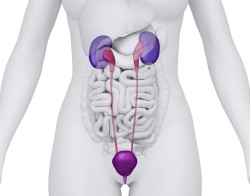 Urinary tract infections are an extremely common problem, especially among sexually active women. In most cases, they are caused by intestinal bacteria, less often by specific pathogens.
Urinary tract infections are an extremely common problem, especially among sexually active women. In most cases, they are caused by intestinal bacteria, less often by specific pathogens.
Cranberries contain a number of substances (in particular, A-type proanthocyanins) that block the adhesion of bacterial agents on the mucous membranes of the urinary tract, as well as slow down their reproduction. A similar effect, according to scientists , is a fairly important preventive measure.
This pharmacological effect has been proven by the example of a number of human studies. For example, specialists from Canada claim that eating cranberries reduces the risk of developing bladder infections by 65%, and British scientists demonstrated increase of this indicator to 91%.
It is important to note that cranberries can be used exclusively to prevent infection. In the presence of an active inflammatory disease, a doctor's consultation and taking antibacterial drugs are required.
4. Protection of the stomach
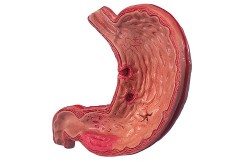 Stomach cancer is one of the most common causes of death worldwide. The main cause of the development of oncology, as well as chronic gastritis in combination with peptic ulcer disease, is
infection with Helicobacter Pylori.
Stomach cancer is one of the most common causes of death worldwide. The main cause of the development of oncology, as well as chronic gastritis in combination with peptic ulcer disease, is
infection with Helicobacter Pylori.
Employees of the University of Chile discovered that cranberries effectively inhibit the vital activity of Helicobacter Pylori, and also prevents their introduction into the mucous and submucosal membranes of the stomach.
Research by Chinese scientists demonstrate that taking cranberries for only 3 weeks suppresses the further growth of Helicobacter Pylori in 17% of infected people.
5. Maintaining the health of the cardiovascular system
 Cranberries are rich in a number of antioxidants (quercetin, anthocyanins, proanthocyanins), which prevent the appearance of many diseases from the heart and blood vessels.
Cranberries are rich in a number of antioxidants (quercetin, anthocyanins, proanthocyanins), which prevent the appearance of many diseases from the heart and blood vessels.
Canadian Scientists identified that cranberries reduce the concentration of total cholesterol in the blood, as well as its atherogenic fractions (LDL and VLDL).
Experts from Taiwan also discovered an increase in the level of &171;healthy&187; cholesterol (HDL) against the background of eating berries.
Thus, cranberries correct dyslipidemia and prevent the deposition of atherosclerotic plaques on the walls of arteries. As a result, the incidence of such pathologies as: coronary heart disease, myocardial infarction, chronic cerebral ischemia decreases.
Pronounced antioxidant effect, according to the data scientists from the USA, may also help reduce blood pressure and prevent hypertension.
6. Weight loss
 Cranberries contain a fairly high amount of vitamin C and other antioxidants, which accelerate
breakdown of adipose tissue cells (for energy production), block the formation of new fat depots.
Cranberries contain a fairly high amount of vitamin C and other antioxidants, which accelerate
breakdown of adipose tissue cells (for energy production), block the formation of new fat depots.
It is important to note that cranberries are also a valuable source of fiber .
Fiber, once in the stomach, increases in size and causes mechanical pressure on the receptors. As a result, the activity of the hunger centers is suppressed and appetite disappears for the next few hours. Similar information lead experts from the USA.
7. Benefits for children and pregnant women
 Cranberries contain a number of valuable biologically active substances that have the following benefits for the child's body:
Cranberries contain a number of valuable biologically active substances that have the following benefits for the child's body:
- Prevention of stomach diseases. The peak of infection with Helicobacter Pylori occurs at 4-7 years.
- Improvement of the oral cavity. Berry prevents the development of carious processes and any infectious diseases.
- Strengthening the immune system. Cranberries are rich in vitamin C, which strengthens the immune system and increases the body's resistance to any external pathogens.
- Normalization of metabolism in general. The plant provides prevention of various metabolic disorders that can adversely affect the growth of the body.
Cranberries are also recommended for women during pregnancy. It contains many micro-, macronutrients and vitamins necessary for the normal development of the fetus. It also reduces the severity of toxicosis in the mother (especially in the early stages), reduces the risk of infectious and inflammatory complications.
Harm and contraindications
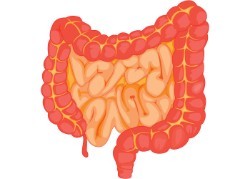 Cranberries, in most cases, are completely safe.
Cranberries, in most cases, are completely safe.
But it also has contraindications, and, in some situations, it can harm the body. Against the background of use, the following adverse reactions may develop:
- Dyspeptic disorders. Usually manifest as nausea, diarrhea, bloating when consuming large amounts of cranberries.
- Allergic reactions . They occur quite often and are characterized by a severe course. If you have a history of cranberry allergy, its use is strictly prohibited.
- Formation of stones in the lumen of the urinary tract. The berry contains oxalates, which are a structural element of certain types of concretions. Excessive inclusion of cranberries in the diet can worsen the course of urolithiasis or contribute to its development.
- Hyperglycemic coma. Cranberries, in the presence of diabetes mellitus, can cause a sharp rise in blood glucose levels.
How to use it correctly?
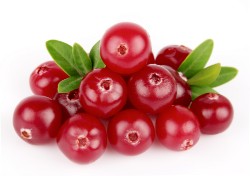 Method of administration. The most useful way to eat cranberries is fresh (without adding other products). However, due to the sour taste, this is rarely possible. Berries are most often consumed as part of fruit drinks, cocktails, compotes, salads, pies, etc., less often – together with meat or dairy products. Cranberries go well with honey. Teas and decoctions are made from leaves and twigs.
Method of administration. The most useful way to eat cranberries is fresh (without adding other products). However, due to the sour taste, this is rarely possible. Berries are most often consumed as part of fruit drinks, cocktails, compotes, salads, pies, etc., less often – together with meat or dairy products. Cranberries go well with honey. Teas and decoctions are made from leaves and twigs.
- Daily allowance. The recommended daily dosage is 75-100 grams.
- Reception time. It is recommended to refrain from eating cranberries in the morning on an empty stomach (due to the pronounced irritating effect on the mucous membranes of the stomach and duodenum) and in the evening, before going to bed (possible overload of the gastrointestinal tract and the appearance of sleep problems).
- Unlike cranberries. Cranberries are valued for their pronounced antimicrobial effect, cranberries for their ability to increase diuresis and saturate the body with vitamin C, followed by strengthening the immune system. Overall, both berries are healthy.
- Application of oil. Cranberry seed oil is used to prevent atherosclerosis and lower blood pressure. For cosmetic purposes, it is used to moisturize the skin and prevent the appearance of wrinkles on the face.
How to save it for the winter?
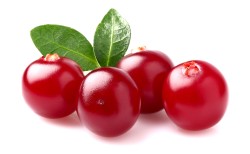 There are a number of ways that allow you to increase the storage time of cranberries and preserve all the healing properties for the winter. These include:
There are a number of ways that allow you to increase the storage time of cranberries and preserve all the healing properties for the winter. These include:
- Freezing. Frozen cranberries retain the maximum amount of vitamins and antioxidants. This option is the most useful. To freeze, put the washed and dried berries on a board and place them in the freezer for 4-8 hours. Then the berries are transferred to a bag and stored in this form for up to 12 months.
- Drying. Dried cranberries retain some vitamins and minerals, but significantly increase the volume of calories and carbohydrates, which has an undesirable effect on the glycemic background and body weight.
- Options with added sugar. Various jams, as well as cranberries mashed with sugar, are the least preferred storage methods due to excessive amounts of carbohydrates. It is strictly forbidden to eat such dishes for people suffering from diabetes or obesity.
- Tinctures. The addition of alcohol excludes the use of the product for coronary heart disease and hypertension, and the presence of a history of strokes. At the same time, cranberry tincture is highly effective in preventing atherosclerosis and urinary tract infections.
There are several main ways to increase the shelf life of cranberries. The most useful option is freezing.
Conclusion
- Cranberry is a medicinal berry that can be found in northern latitudes.
- It contains a lot of vitamins, minerals and, especially, antioxidant substances.
- With prolonged use, the berry prevents the appearance of cancer, improves the health of the cardiovascular, digestive and urinary systems, improves skin condition and reduces body weight.
- It is recommended during pregnancy for the full development of the fetus and the prevention of complications.

